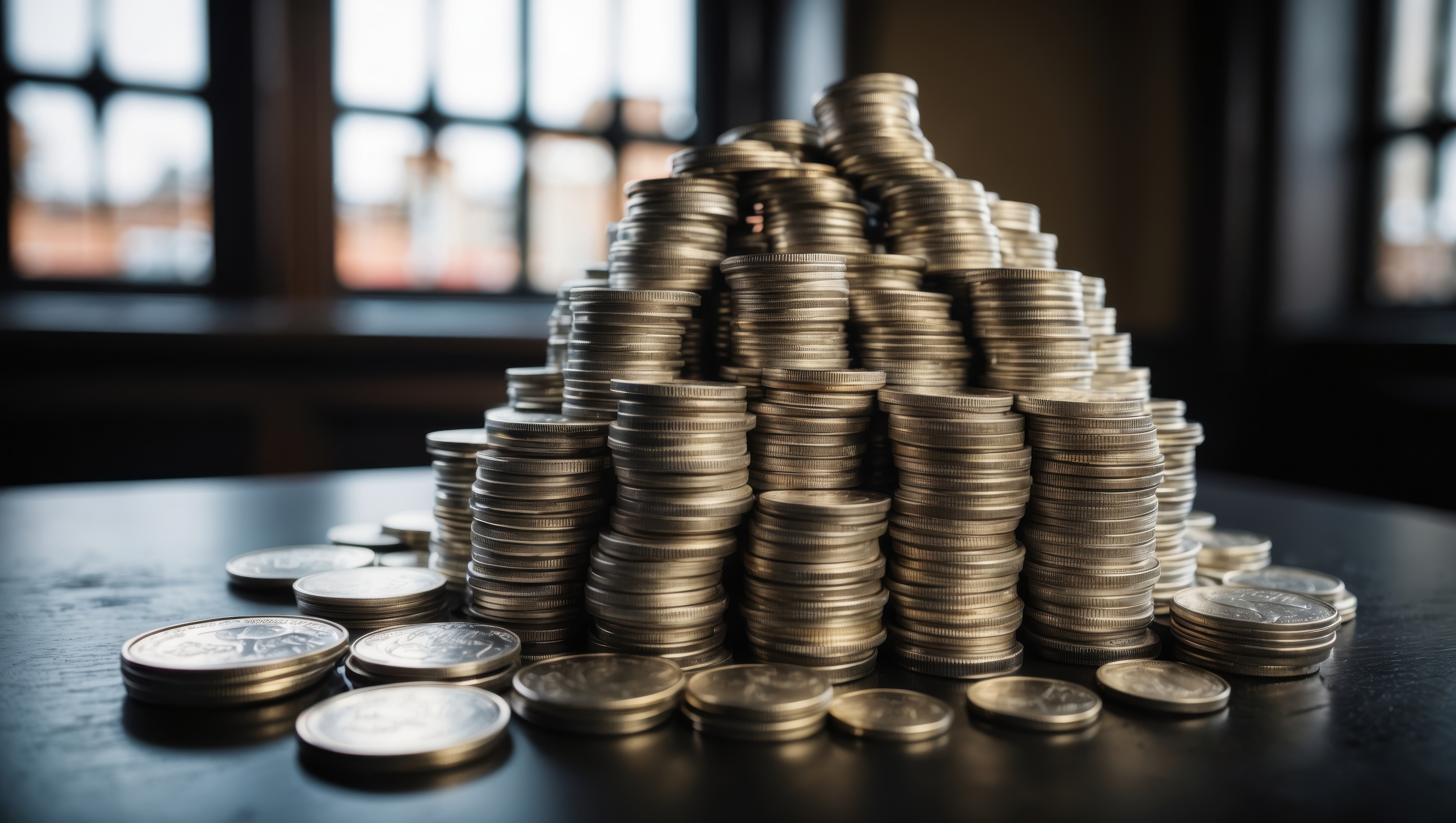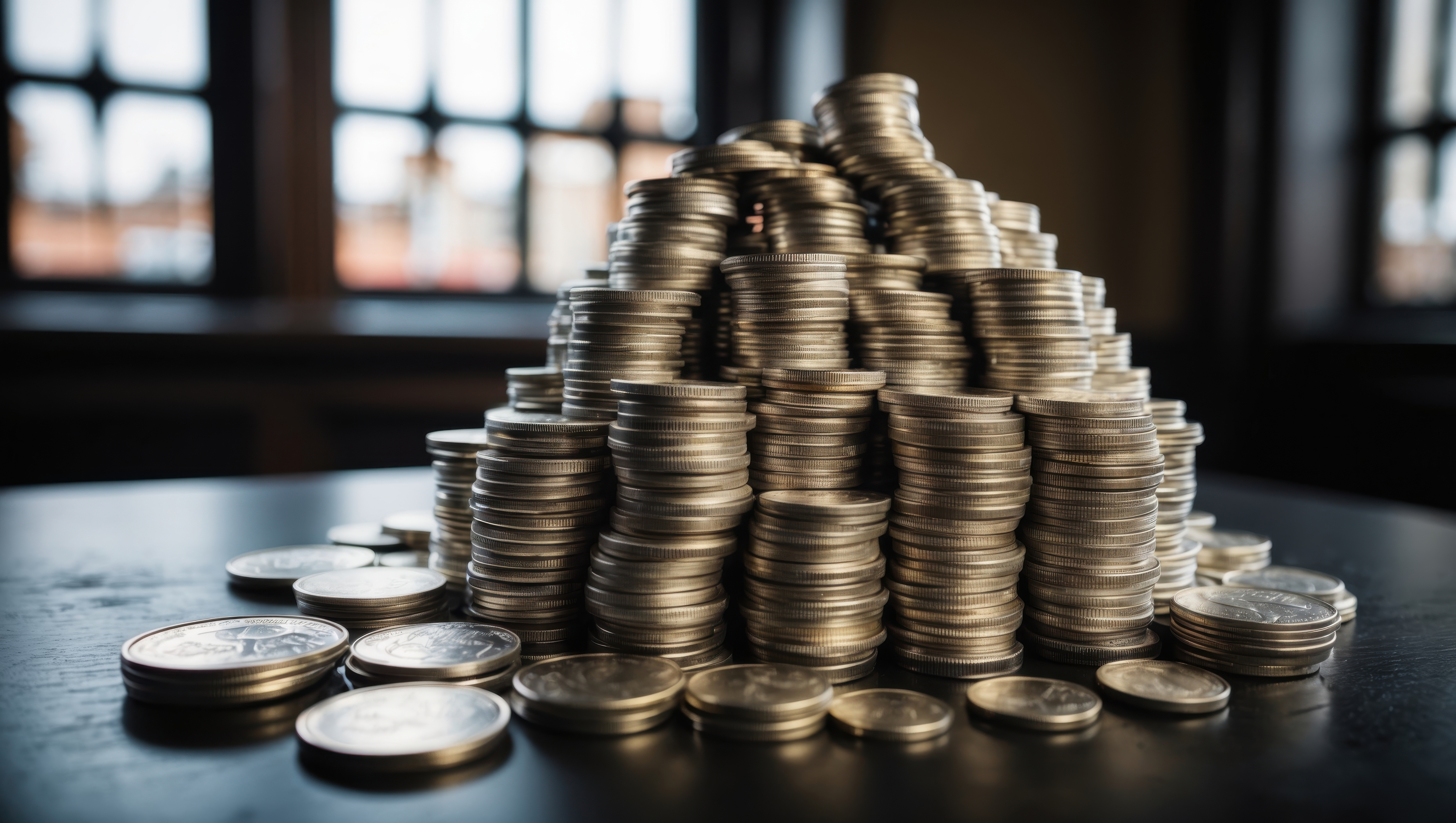Are 40% & 90% Silver Products Worth the Investment?
Are 40% and 90% Silver Items a Smart Investment Choice?
Many options are available today for investors looking for top-quality silver products that are .999 or .9999 percent pure. However, some investors prefer less expensive options, which brings us to today’s topic. Is it a good idea to purchase silver products that are 40 percent or 90 percent silver? The professionals from First National Bullion, the best place to buy gold in Scottsdale, offer the following advice to collectors who are considering buying silver that’s lower in purity.
“Junk” Silver
This is the term commonly used for silver products with less than .999 or .9999 percent silver content. You usually find this in silver jewelry or coins. Silver coins of these percentages aren’t junk, since they do have some degree of value. They’re considered “junk” because they don’t usually offer any value beyond their silver content.
Economic Security
What’s the appeal of silver coins that are less than .999 or .9999 percent pure? In times of economic crisis or concern, these coins are highly valued, since they’re easier to obtain and more affordable. Also, silver coins that are less pure, especially the ones with 40 percent, are easier to sell.
90 Percent Silver Coins Are More Appealing to Refiners
It’s difficult to separate the silver from the other products in 40 percent and 90 percent silver. Naturally, a refiner is going to be more interested in silver products that produce more silver. The other products, usually copper, aren’t worth too much to refiners. Generally, coins or other silver products that range between 90 percent silver and .999 percent silver are the best investments for most people.
U.S. Coins & Silver Content
All United States coins minted before 1965, including dimes, quarters, and half-dollars, have at least 90 percent silver content. Following the enactment of the Coinage Act of 1965, dimes produced from that time on have no silver at all. U.S. quarters from this date onward are copper-nickel clad. The only exception is the 1976 bicentennial quarter. These quarters are 40 percent silver and were minted in San Francisco and sold as proof sets.
Popular 90 Percent Silver Coins
The most popular 90 percent silver coins in the U.S. are dimes, quarters, and half-dollars, many of which date as far back as 1892 and up to 1964. On a side note, the Kennedy half-dollar from 1964 is considered valuable since it’s the only one to contain 90 percent silver. Interestingly, these coins are difficult to find, since many Americans purchased and kept them as a way to remember the former president following his assassination in 1963. Other valuable 90 percent silver coins include:
- Barber coins minted during the late 1800s and early 1900s
- Standing Liberty Quarter from 1916
- The 1932 Washington Quarter
- Roosevelt dimes minted between 1946 and 1964
- Mercury/Winged Liberty Dimes that were in circulation from 1916 through 1946
- Walking Liberty Half-Dollar minted before 1965
- Franklin Half-Dollar minted before 1965
These are the coins that tend to be more valuable among collectors. If you have other silver products, such as jewelry that’s 40 percent or 90 percent silver or anything less than close to 100 percent silver, the value is based mainly on silver content and any other precious metals or jewels that may be found within a particular piece.
If you’re looking for the best place to purchase Scottsdale silver bars, coins, and other forms of precious metals, reach out to the trustworthy professionals at First National Bullion. We can answer all your questions and help you decide which precious metals to add to your collection. Give one of our experienced dealers a call today.
The statements made in this blog are opinions, and past performance is not indicative of future returns. Precious metals, like all investments, carry risk. Precious metals and coins may appreciate, depreciate, or stay the same in cash value depending on a variety of factors. First National Bullion does not guarantee, and its website and employees make no representation, that any metals for sale will appreciate sufficiently to earn the customers a profit. The decision to buy, sell, or borrow precious metals and which precious metals to purchase, borrow, or sell are made at the customer’s sole discretion.



